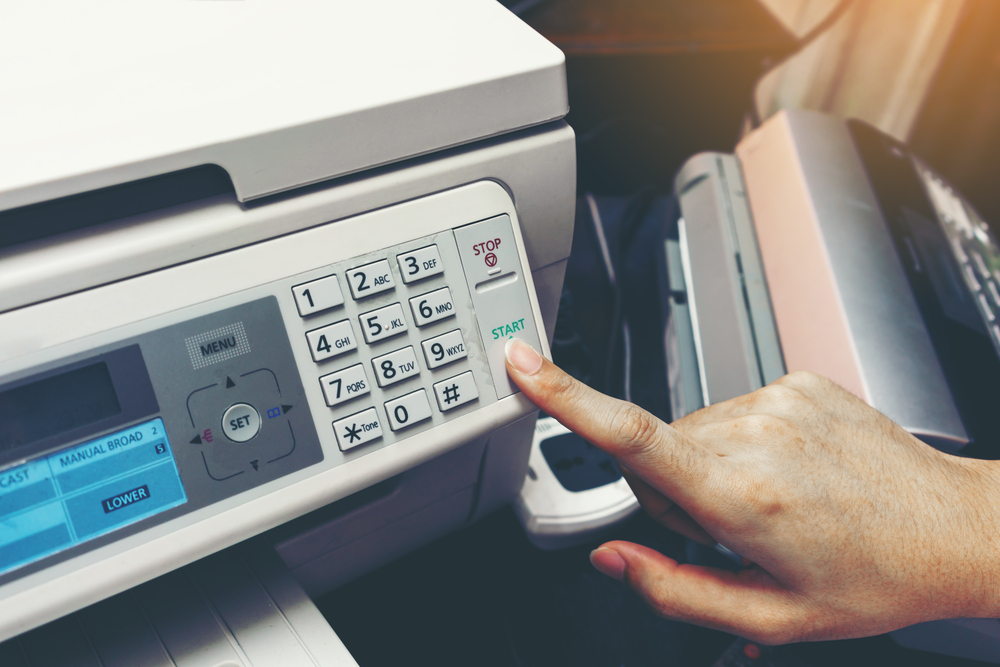CMS recently issued a mandate requiring Merit-based Incentive Payment System (MIPS) eligible clinicians to prove that they are not restricting the sharing of patient data. Does this signal the death of the fax machine, American healthcare’s cockroach?
I recently listened to an interesting podcast by Vox’s Sarah Kliff that calls faxes the “cockroaches of healthcare.” Like the ubiquitous pest, faxes are pesky, numerous, and impossible to get rid of.
Sarah interviews Farzad Mostashari, who led valiant efforts in New York City and the federal government to digitize and streamline the electronic sharing of patient records. He and his team had the power of $30 billion in stimulus dollars filling the sails on his interoperability journey.
Despite Farzad’s and the industry’s best efforts, faxes remain the primary means by which healthcare entities share precious patient data.
The podcast calls out the real reason for the lack of advancement in the industry: the inherent competition that exists in our healthcare system.
The Real Advantage in Healthcare: Shared Data and Coordinated Workflows
Some providers regard patient data as a competitive advantage that they can use to keep patients within their networks. Many make it extremely difficult to share discrete, actionable patient data, instead relying on antiquated faxes to facilitate coordinated care.
Unfortunately for their patients, many providers don’t realize that shared data and sophisticated coordinated care workflows are the real asset when succeeding in the value-based care world. Timely, well-informed hand-offs yield better care and higher patient satisfaction.
Two things happened recently that together might reverse this trend of poor interoperability. One is that EHR vendors like athenaHealth are removing technical hurdles that have traditionally blocked patient record sharing. athena has simplified sharing patient data across their entire platform. They now connect to the national CommonWell and Carequality, two nationwide secure information sharing networks that are supported by many HIT vendors including athenaHealth, NextGen, Cerner, Epic, AllScripts, and eClinicalWorks.
Now, providers using athenaHealth can see who else on these networks have information on their patients, from right within the charts they work in every day. athena has made it virtually “one-click” to send a request across the network and securely retrieve a clinical summary from a non-athena provider. athena also added the patient consent, matching, security, and audit functions that are required by policy to participate in these data sharing networks.
So now vendors are building this record sharing capability directly into their products to make it easy and cost-effective for providers to exchange data, a huge advancement over how interoperability was envisioned just 5 years ago.
I’d like to note that not all vendors are cloud-based; many are still site-installed. Providers on those platforms probably have to install a new version of their EHR and turn on the feature before they can participate in network sharing. This highlights the importance of cloud-based systems in healthcare, which can speed innovation with minimal operational overhead.
Patient record sharing gives us the technical capability, but we still need to overcome the “data hostage crisis,” in which providers act as if sharing data is a liability rather than an asset. That’s where a major industry-wide mandate from CMS comes into play.
CMS MIPS Mandates Interoperability
Last month, CMS announced a new MIPS measure requiring providers to attest they are not blocking the sharing of information – the Prevention of Information Blocking Attestation. It requires MIPS eligible clinicians to show that they have not knowingly or willfully limited or restricted the compatibility or interoperability of their EHR. From CMS:
To prevent actions that block the exchange of health information, the Medicare Access and CHIP Reauthorization Act of 2015 (MACRA) and the Quality Payment Program final rule with comment require MIPS eligible clinicians to show that they have not knowingly and willfully limited or restricted the compatibility or interoperability of their certified electronic health record (EHR) technology. MIPS eligible clinicians show that they are meeting this requirement by attesting to three statements about how they implement and use certified EHR technology (CEHRT). Together, these three statements are referred to as the “Prevention of Information Blocking Attestation.”
If you want to participate in MIPS, you must share your data. This is the stick, in contrast to Farzad’s carrot, that may finally drive information sharing across the entire healthcare spectrum.
EHRs now largely have the needed technical capability, networks like CommonWell and Carequality now have the networks and policies that support information sharing, and MIPS mandates usage.
It all fits together nicely.
At Privia, we’ve formed a new Information Sharing Subcommittee, who agreed to enable our primary EHR’s patient record sharing system.
Turning on patient record sharing connects our providers to records in well over 6,000 external healthcare organizations. Likewise, our encounter summaries will be served up to those outside groups on demand.
So, have we killed the cockroach?
Maybe.
I’m sure there will still be holdouts and edge cases, but healthcare’s cockroaches are hopefully on the path to extinction.










Related Articles
How to Keep Your Patients From Skipping Mammograms
Kristin Schraa, MD, with Virginia Women’s Center shares how women’s health providers can encourage patients ...
3 Ways Healthcare Can Integrate Behavioral Health and Primary Care
Integrating behavioral health with primary care can lead to better patient outcomes — but how ...
How Can Physicians Support Postpartum Mental Health?
On average, 13 percent of mothers in the United States will develop symptoms of postpartum ...
Engaging Patients in Annual Mammograms
Studies show that a little over 66 percent of women aged 40 and older get ...
What Do Medicare-Aged Patients Want in Their Healthcare?
Within the next 20 years, 20 percent of Americans will be 65 or older. It ...
How Health Systems Grow Stronger With Privia Health
Discover how we helped Health First upgrade technology, align physicians, and accelerate toward value-based care. ...